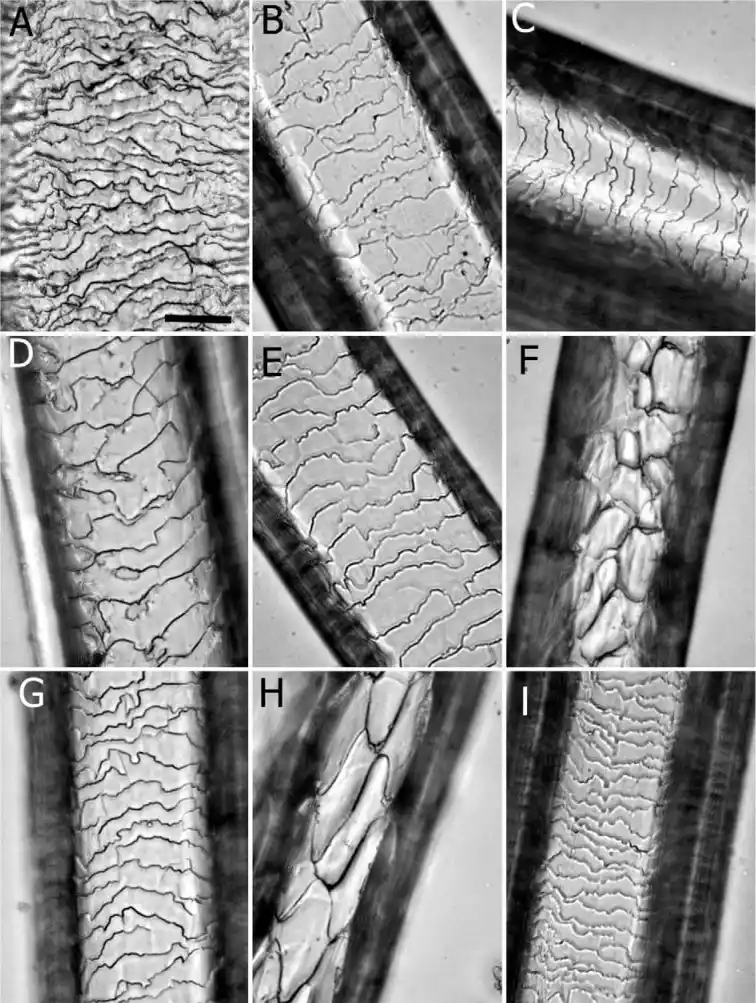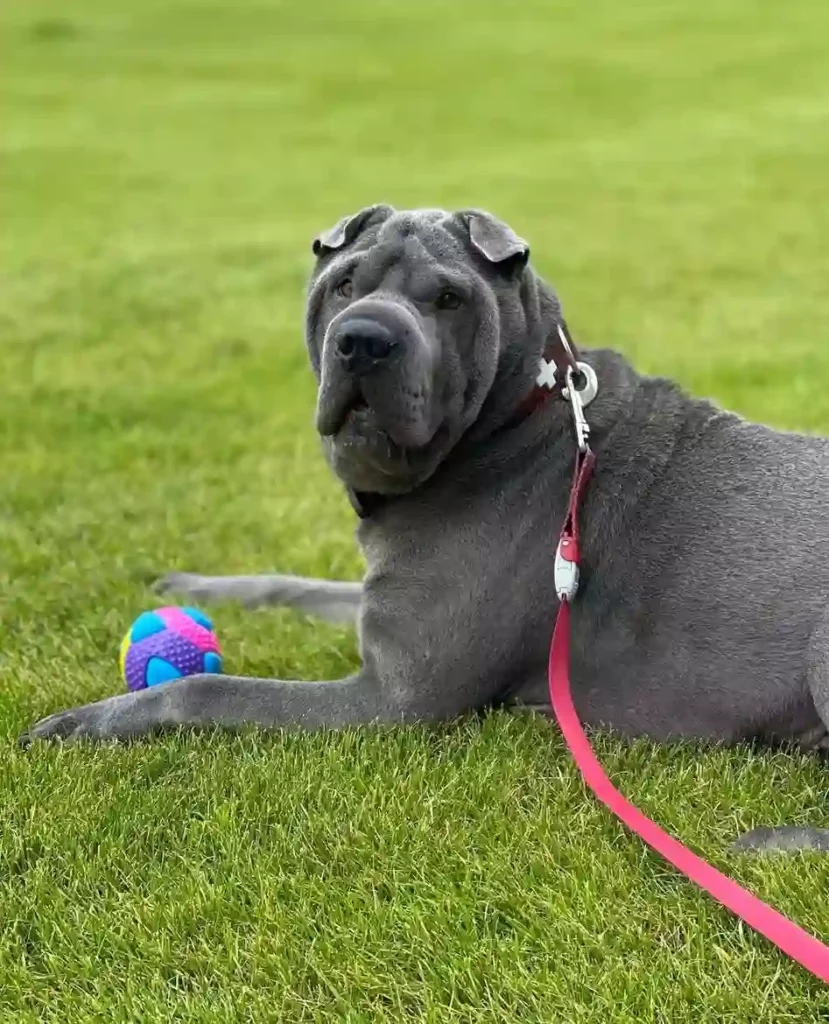Summary of A Bag of Evidence
| Year of Incident | 1996 |
| Victim | Jessica Knott (9 years) |
| Accused | James Edward Crowe (35 years old) |
| Investigating Officers | Dienna Teminsky, Christopher R. White (prosecutor), Dr. Harry Hollein (Forensic audio analyst), Max Houck (Forensic scientist), Scott Ryland (Microanalyst), and Noel Robert (Quality control expert). |
On a Friday before Easter, Jessica Knott a 9 years old Florida girl went missing from the locality of her house. Her parents Kevin Knott (father), and Peggy Knott (mother) notified the police about the incident.
A thorough search was conducted by the police. Meanwhile, an anonymous call (with a lot of background noise) to 911 reported that one can find Jessia on Montgomery road. Police reached there and found Jessica’s body in an isolated area partially covered with a plastic garbage bag.
By analyzing the scene, it was clear that Jessica was not murdered where she was found.
Investigators have two main leads: (1) a voice recording of an anonymous call reporting Jessica’s body, and (2) trace evidence on her body.
The investigators took NASA’s help in removing background noise and sent it to Dr. Hollein for further analysis. Jessica’s mother also listens to the recording, and she recognizes it as their neighbor James Edward Crowe.
Microanalyst Ryland conducted a thorough examination of the garbage bag and, with the help of Noel Robert, concluded that Crowe was the prime suspect in the case.
- Information found from Autopsy: Strangulation marks on her neck and inside her mouth. Also, remnants of fast food hamburgers in her stomach.
- Evidence found from the body: Plastic garbage bag, hair that was Caucasian, fibers from two different locations, and animal hairs.
Forensic Importance of Hair Evidence
Hair is a type of trace evidence that can lead forensic investigators to victims or suspects.
- They are thin fibrous tissues projected outward from the skin and contain various microscopic characteristics like shape, color, and root.
- These features can help to determine the age, gender, race, and body area from which the hair originated.
- DNA can be extracted from the root of the hair if the hair follicle is present.
How Caucasian Hair is Different? Mongloid Vs Negroid Vs Caucasian Hair
There are three major types of races: Caucasoid, Negroid, and Mongoloid.
| Mongoloid Hair (Asian) | Negroid Hair (African) | Caucasian Hair (European) |
|---|---|---|
| Soft, fine, straight, silky texture | Normally kinky, curly, or coiled | Usually straight or wavy |
| Pigmentation: Have a dense pigmentation | Pigmentation: dense, unevenly distributed pigments | Pigmentation: fine to coarse pigments |
| Pigment distribution: evenly distributed | Pigment distribution: unevenly distributed | Pigment distribution: more evenly distributed than negroids |
| Cross section: round | Cross section: flat to oval | Cross section: oval to round shape |
How Investigator Came to Know that Animal Hairs were from a Dog?
Forensic scientist Max Houck examined the trace evidence carefully and discovered that the animal hairs are from a dog as the hairs contained spade-shaped roots look like a Christmas tree little bit folded and triangular also they contained very short sleek coats.

Read More: Bill Bruns And Pearl Smith [Missing Pearl] Forensic Files: How dog unable to find the body?
Breed and Hair features of Dog Hair in The Case
- Dog Breed: Shar Pei
- Features: Broad muzzle, blue-black tongue, small sunken eyes, tiny triangular ears, multiple folds of loose skin about the head, neck, and shoulders, tapered high-set tail.

Read More: Purr-Fect Match [Forensic Files] Case: How Cat’s Hair Solve the Case?
3 Major Clues that Made Edward Crowe the Prime Suspect
- Peggy Knott recognized Crowe’s voice from the phone call.
- Crowe’s pet dog, Pumpkin, was also a Shar-pei, the same breed whose hair was discovered on Jessica’s body.
- A neighbor had seen Crowe talking to Jessica right before she disappeared.
Forensic Evidence Against James Edward Crowe
| Evidence | Features |
|---|---|
| Kid’s meal bag in his car | Meal bag was from a nearby restaurant, and in the autopsy, remnants of hamburger were found in Jessica’s stomach content. |
| Tires of his truck | Crowe had replaced the tires shortly after Jessica’s murder. |
| Fibers | They had a matte finish and both came from different sources, such as automobiles or floor mats. |
| Garbage bag | Police discovered a box of black garbage bags that were the same size and brand as the bag found with Jessica’s body. |
| Phone call Recording | The voice recording was identified as Crowe’s voice. |
| Dog hairs on Jessica’s body | Hairs belong to the Shar-pei dog breed, and Crowe’s pet dog Pumpkin was also of the same breed. |
How Plastic Bag Provides Evidentiary Value To Solve the Case?
Jessica’s body was partially covered with a plastic garbage bag. From Crowe’s house, police found similar types of garbage bags.
- Investigation: When similar types of bags were found in Crowe’s apartment, Scott Ryland started examining them thoroughly. Investigators then took the help of Noel Robert, who was a Quality control expert for the manufacturer.
- The serial number on the garbage bag box indicates that it was manufactured in Virginia.
- He also said that every garbage bag can be identical despite having the same manufacturing process. (This is governed by the Law of progressive change).
A. Elemental Analysis of Bag
Each batch of garbage bags was made from a set mixture of recycled or non-recycled plastic.
Some recycled plastic such as plastic bags have high Titanium dioxide and their yellow ties contain iron. So, the final product (garbage bag) from this batch could have a high concentration of Titanium and iron than other elements.
Using a high-intensity X-ray beam and fluorescent spectrometer, Ryland (microanalysts) examined both plastic bags collected from Jessica’s body and Crowe’s apartment.
Examination Result: The examination revealed that the element concentration in both bags was the same and they were virtually identical, indicating that they were made from the same batch of plastics.
B. Die Lines on Garbage Bags
During the manufacturing process of plastics, debris gets lodged in the machines, causing imperfections in the plastics, which are known as die lines. This feature helps to find out whether two bags are from the same batch or not.
Examination: Examination was done by a side-by-side comparison to check the continuity of die lines.
Examination Result: The die lines in the bags discovered in Crowe’s apartment completely lined up with the die lines of the bag recovered from the crime scene. Also, the offset of both bags was found identical.
Mainly these two features (die lines and offset), made the possibility of getting a positive match 1 in 17. Thus, investigators had to deal with only other 16/17 boxes to prove their theory.
How Forensic Voice Analysis Helped in Solving Jessica’s Case?
Investigators found that the call was made from a public telephone at a gas station, and it had some background noises. The audio tape was sent to NASA to remove background noise. They used the same technology that is used in space to remove background noise.
Then the tape was sent to Dr. Harry Hollein for scientific comparison. Dr. Harry Hollein was a renowned Forensic audio analyst and author of the forensic book Acoustic of Crime.
For scientific comparison, he needs a suspect voice sample to compare. Investigators recall that caller’s voice was sad and guilty. This led investigators to believe that the assailant knew Jessica, and maybe her family too, know him.
So, the investigators played the voice for Jessica’s mother, who recognized it as Crowe’s. Dr. Hollein also compared both of the voices and concluded that about 90% of voices matched with James Edward Crowe.
Similar Case: John Helble & Andy Rich [Hair of the Dog] Forensic Files Case Study
General FAQ
Where Jessica’s body was found?
Jessica’s body was found in a dark isolated area near a water system pump house a quarter mile from the telephone booth from where the phone call was made.
Strangulation vs Suffocation? Why Investigator wasn’t able to tell the cause of Jessica’s Death?
Strangulation is due to external pressure over the neck while suffocation is due to mechanical obstruction over or inside air passages. In autopsy, bruising was on her neck and inside of her mouth indicating that someone had cupped their hand over her mouth and suffocated her. Investigators were unsure of the cause of death because bruises were also found inside her mouth, which could have been caused by suffocation.
What was in Jessica’s Stomach?
Remnants of a fast food hamburger were found in the stomach contents of Jessica.
What pieces of evidence showed that Jessica was not murdered where she was found?
Because (1) there were items underneath and on top of Jessica’s body, (2) There were drag marks corresponding to the left shoulder of Jessica. (3) There were nearby tire marks, indicating that she had been dumped there by a vehicle.
What was the origin of two different fibers on Jessica’s body?
Fibers were from the carpet in the Crowe’s apartment and his automobile.
What was the conviction for the culprit James Crowe?
James Crowe was arrested and charged with the murder of Jessica Knott. He pleads “NO CONTEST” to second-degree murder in exchange for a sentence of 40 years in prison. NO CONTEST means he admits and accepts a conviction for the charge.
References:
- Forensic Files – Season 7, Episode 29 – A Bag of Evidence [YouTube]
- Forensic Files Now: Recaps and Updates to 40 Favorite Cases [Google Books]
- Crime Scene Investigation: A Guide for Law Enforcement [Google Books]
Read More:
- Home Evasion Forensic File Case: Jonathan Binney Killer and Judy Southern Victim
- A Bitter Pill to Swallow Forensic Files Case Study: Maynard Muntzing & Michelle Story
- E. Coli O157 Outbreak Core Evidence Forensic File Case Study

FR Author Group at ForensicReader is a team of Forensic experts and scholars having B.Sc, M.Sc, or Doctorate( Ph.D.) degrees in Forensic Science. We published on topics on fingerprints, questioned documents, forensic medicine, toxicology, physical evidence, and related case studies. Know More.
